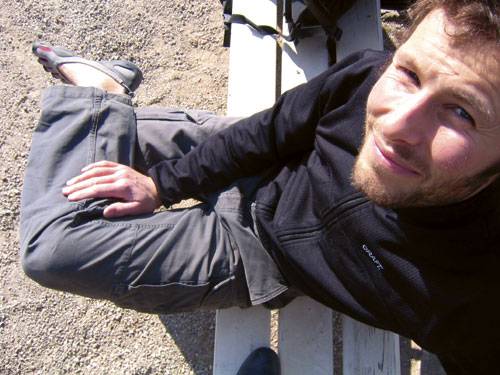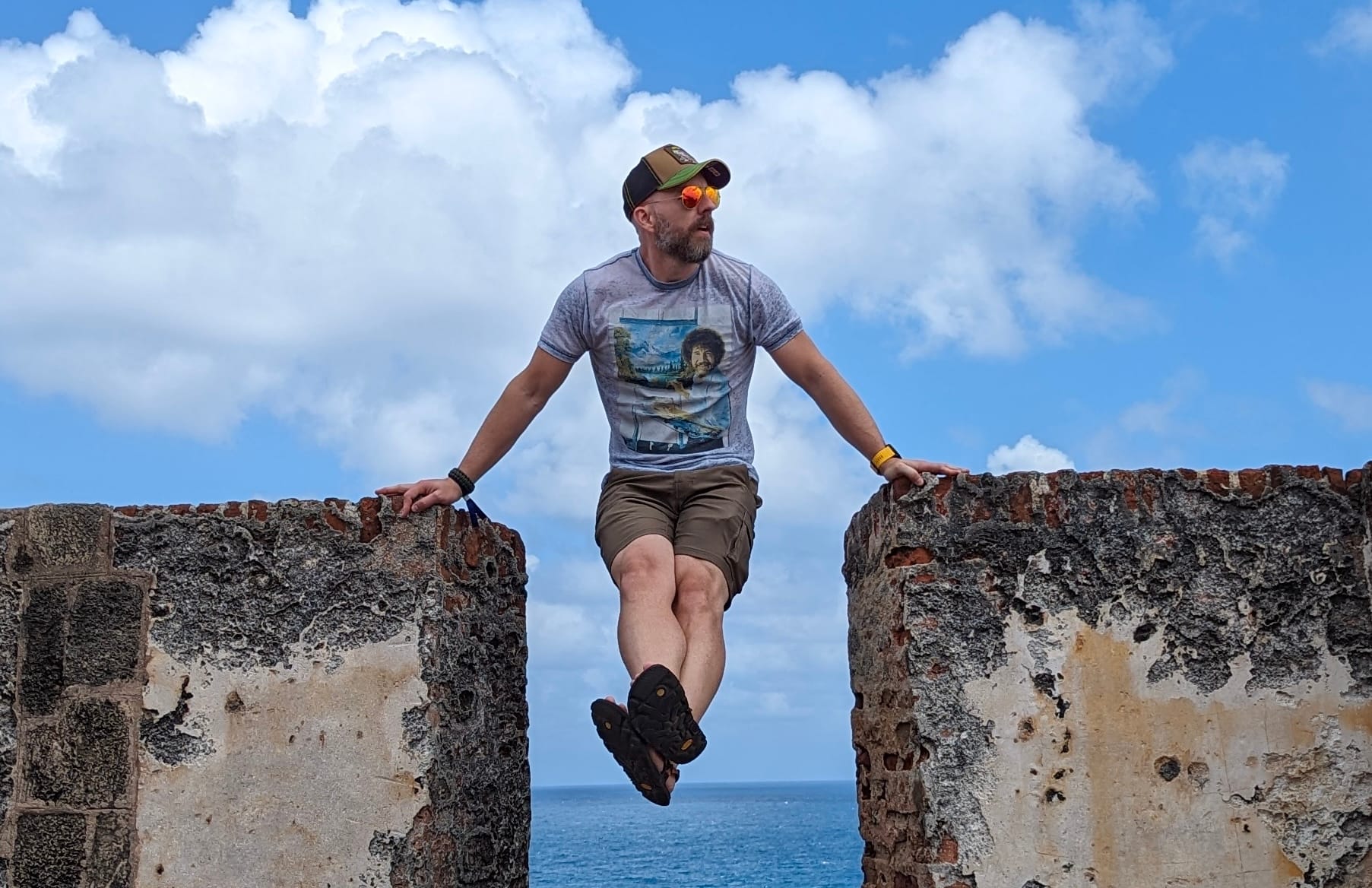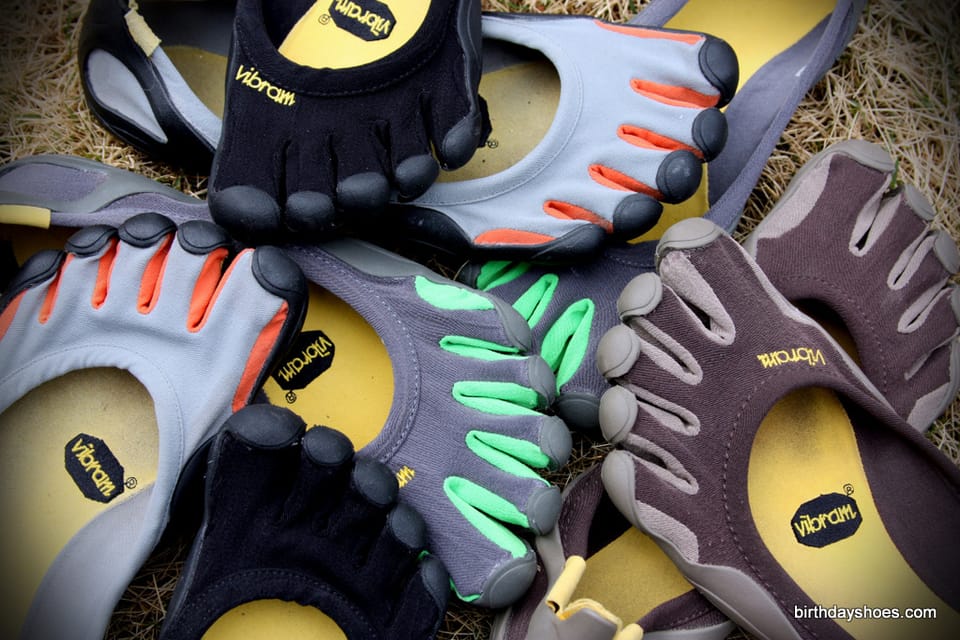Jim Weber, CEO of Brooks, on Barefoot Running
This is interesting — an open letter from Jim Weber, CEO of Brooks, on barefoot running. If you have a second, go read it. Here's a clip from his letter:Let’s call a spade a spade. We make running shoes: High-quality, biomechanically mapped,…
This is interesting — an open letter from Jim Weber, CEO of Brooks, on barefoot running. If you have a second, go read it. Here's a clip from his letter:
So what are we talking about here? First and foremost, we’re all talking about running, and that’s a great thing because we believe to our core that running is a positive force in our world. We want everyone to run and be happy. But to get there, whether you should run barefoot is not the great debate. We are all unique. The focus should be on how you run and train, and then finding the right shoe that addresses your unique biomechanical needs. "The Perfect Ride for Every Stride," as we say at Brooks.
There's more, including Weber's categorization of runners into a spectrum generally broken down into runners who effectively must wear shoes because their form is particularly bad or their feet particularly weak, "biomechanically blessed" runners who have the option to wear shoes or not, and everyone else, a catch-all for the average, majority of runners.
Though it's interesting at a meta level that Brooks is publicly addressing the barefoot running movement, the letter seems fatally skewed towards a pro-shoe bias. As is often the case of any insider, you breath your own exhaust long enough and it's difficult to see clearly. Weber and Brooks mean well, I'm sure, but I personally think they are misled.
Below is a comment I left to the open letter. It's no surprise that I'm biased (aren't we all?); and though I'm hesitant to post so much opinion on this blog, the "running shoe debate," pun intended, is important so I'm reposting my comment here.
Read my comment below. Feedback is welcome.
So this is about running. If that is the case, then shouldn’t the focus be on how best to get people running injury-free?
Therein lies the rub and the evidence may soon be mounting (slowly) towards barefoot running. Like the recent study showing that torsional stress on hips and knees is higher running in shoes than running barefoot (link)
Anecdotally, there are many, many cases whereby individuals report going from being biomechanically cursed running in shoes (and getting injured) to running min-shod or barefoot and reducing/eliminating injury and becoming biomechanically blessed.
Since wearing shoes is the default position, the progression here is typically from being a shod runner first and then later becoming a barefoot runner. Anyone out there gone the other direction? Anyone out there given a concerted effort towards barefoot running only to fail and have to get some biomechanics correcting shoes?
You note:
We are all unique. The focus should be on how you run and train, and then finding the right shoe that addresses your unique biomechanical needs
This is problematic for shoes for a couple reasons — but no problem for going barefoot.
- how do you focus on how you run and train (or how to run properly) if your shoes affect how you run and train? This chicken/egg problem isn’t trivial when shoe design directly affects how you run.
- a quick count of the men’s shoes offerings at Brooks brings up 31 styles. That’s 31 styles for every unique runner out there. Even if we grant that all the unique variations in runners can be categorized to find the one correct shoe style out of 31 that will be the best, how is a runner to go about testing them each to find the magic style that works — a problem compounded by (1) above, which is that the shoes affect the way you run.
Contrast this against the automatically customized shoe — one built only for you, one that has built-in AI with a few thousand input receptors to provide instantaneous feedback, and a “shoe” that will rejuvenate forever. This shoe is so advanced that it has has an internal frame of almost 30 parts. Even still, this shoe is hardwired into the rest of the body.
Of course, I’m talking about our feet: unique to each of us and massively adaptable. Feet are our living shoes.
Now sure, if you’ve been clunking around in dead-shoes (pardon the terminology), then your live-shoes may be a bit weak and need to be rehabilitated. We expect as much whenever we cast a bodypart for months, so we should expect the same for anyone who has been sticking their feet in “foot casts.”
I don’t mean to come off so pejoratively towards dead-shoes, but they’re just so simple compared to our feet, and if you’re going to talk about uniqueness, then I think the default position should side with the innately unique solution — bare feet.
I’ll wrap it up, but to me, your runner categories is off. It seems to me that the only ones whose default position should be to run in shoes (or non-minimalist footwear such as VFFs or otherwise), are those who’ve not sustained injuries — those who are “biomechanically blessed” to run in shoes! If this isn’t you, maybe you can spend an enormous amount of time and effort trying out all the shoe options out there until you find one that doesn’t injure you -OR- you could just go outside and run down the street barefoot.
Disclosure: I’m biased as I run https://birthdayshoes.com, but even as I love VFFs, I still recognize that even they dumb down my feet. Their success is just a testament to how much better they are than your average shoe (And hey, for all I know, Brooks are way above average, so no dig there I swear!).
(permalink to the comment | Note: did some minor edits to my comment here where typos/wording could be improved! )




